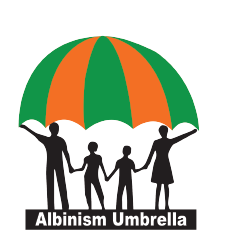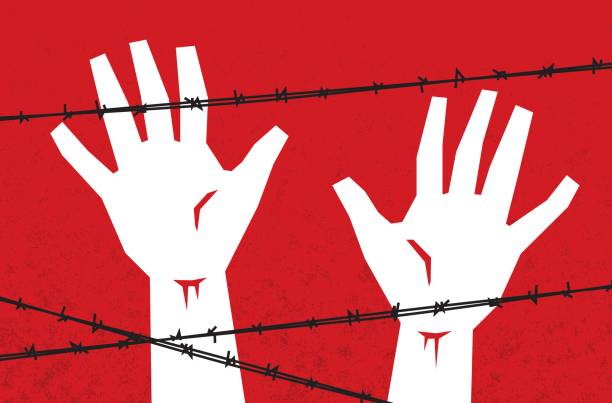Torture has become a common act in society at large worldwide. In a world population of over 7,868,872,451, over 10,000 people fall victim to the ravages of torture every year and not less than 13,197 Individuals have succumbed to torture, including 167 Children and 59 Women. Studies have estimated that up to 30% of all refugees are torture survivors.
Torture is common in dark prison cells, secret detention centers, people’s homes, workplaces and in broad daylight. There are various unfair reasons as to why torture becomes an option.. One reason is that it is a way of getting information out of people. This is done mostly by governments when trying to get Information from suspects. Another example of torture, is when illiterate communities take the law into their own hands to punish crime. Also, some bad employers end up torturing their employees. This is common among migrant workers in the GULF countries, and others just do it for recreational purposes.
Case example of torture
According to Amnesty International, Italia Méndez a Mexican human rights activist was arrested and tortured from San Salvador Atenco, in the state of Mexico, on 3 May 2006. She had travelled there to document cases of abuse by police against demonstrators involved in a protest. Mendez was violently interrogated and later on, badly beaten and raped in a police bus. With the ague to report the offense to a lawyer or at least speak to a doctor and show them her injuries and ensure they would be properly documented. The State Public Prosecutor’s Office who came in to talk to her refused to register her complaint about the abuse. Worse still, the doctor assigned to treat her kept laughing during the check-up. He stitched up her head without any anesthesia, and this was very painful.
Measures taken against torture
On December 12, 1997, the United Nations General Assembly passed a resolution, declaring June 26 as the International Day in Support of Victims of Torture with an aim of completely eradicating torture from all over the world. The convention against torture and other cruel, inhuman, degrading treatment was made effective on June 26, 1987.
African ritualist myths have made Persons with Albinism torture victims as well
Persons with Albinism are a vulnerable group of people that have been targeted in their communities. This is because of their physical appearance and different cultural beliefs. This makes them easy targets.
Persons with Albinism are targeted, tortured and used as amulets or are buried where they are drilling for gold, and fishermen weave the hair of persons with albinism into their nets to improve their catches. This has left many persons with Albinism battling with life and how to survive.
“Miners of gold, rubies and tanzanite are reported to pay large sums for juju (magic) amulets, which they wear around their necks or strap to their arms and which are derived from a potion that includes albino body parts,” Tanzania’s Guardian newspaper reported.
This is a call to us all to recognize that persons with Albinism too are human and have to be treated as so. It begins with you and I bring the change makers.
Last modified: January 8, 2024













